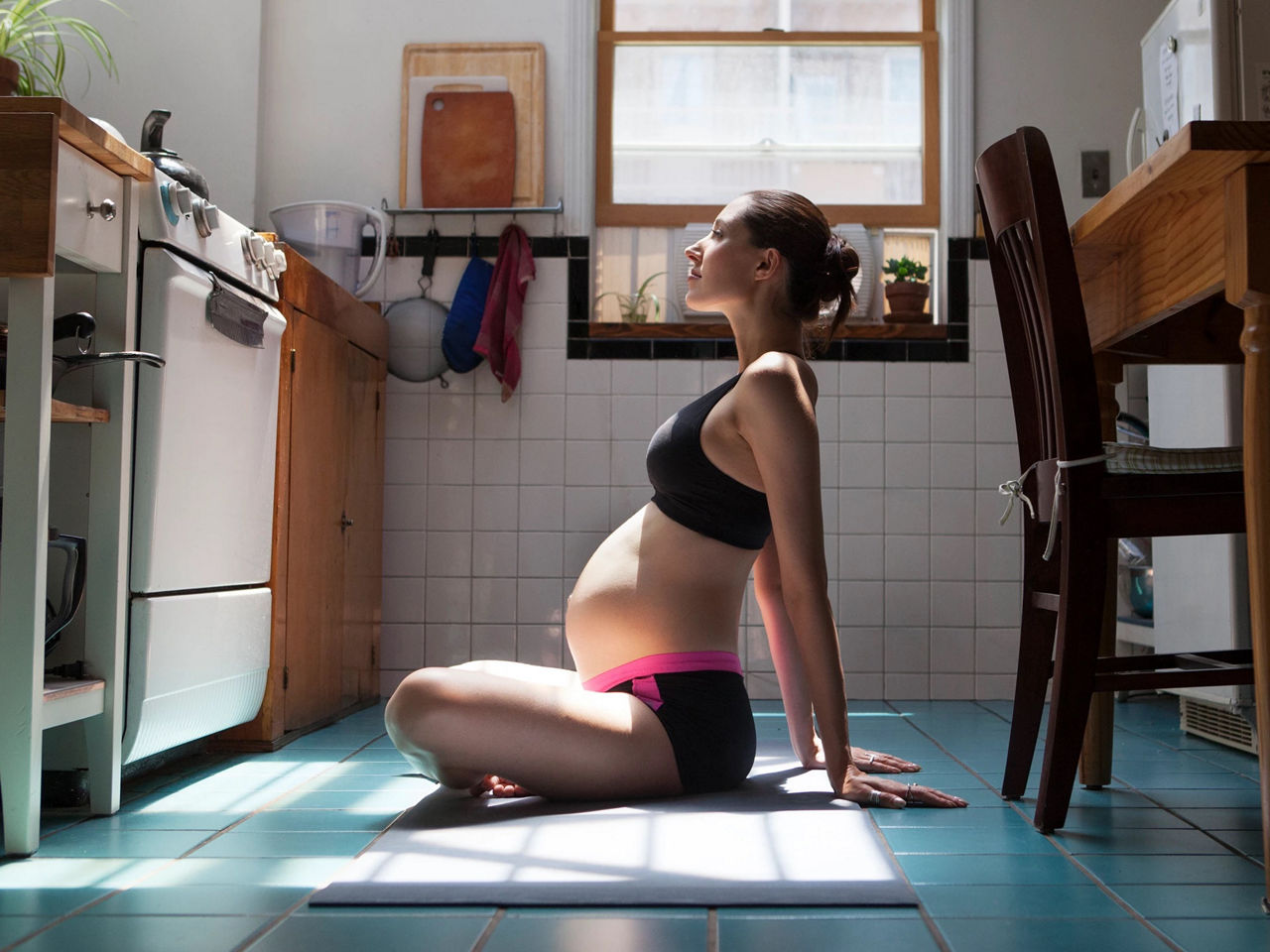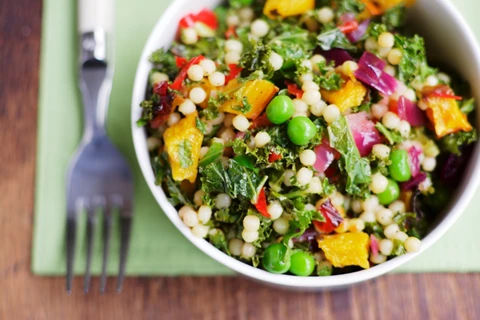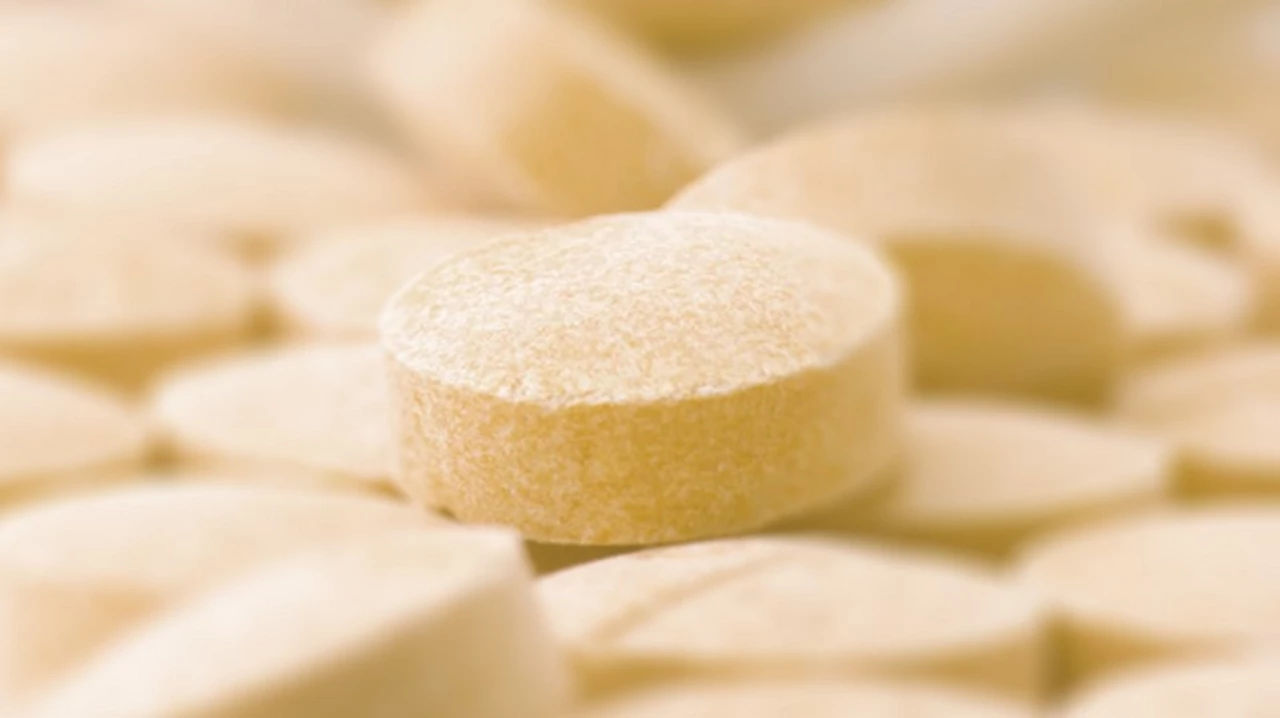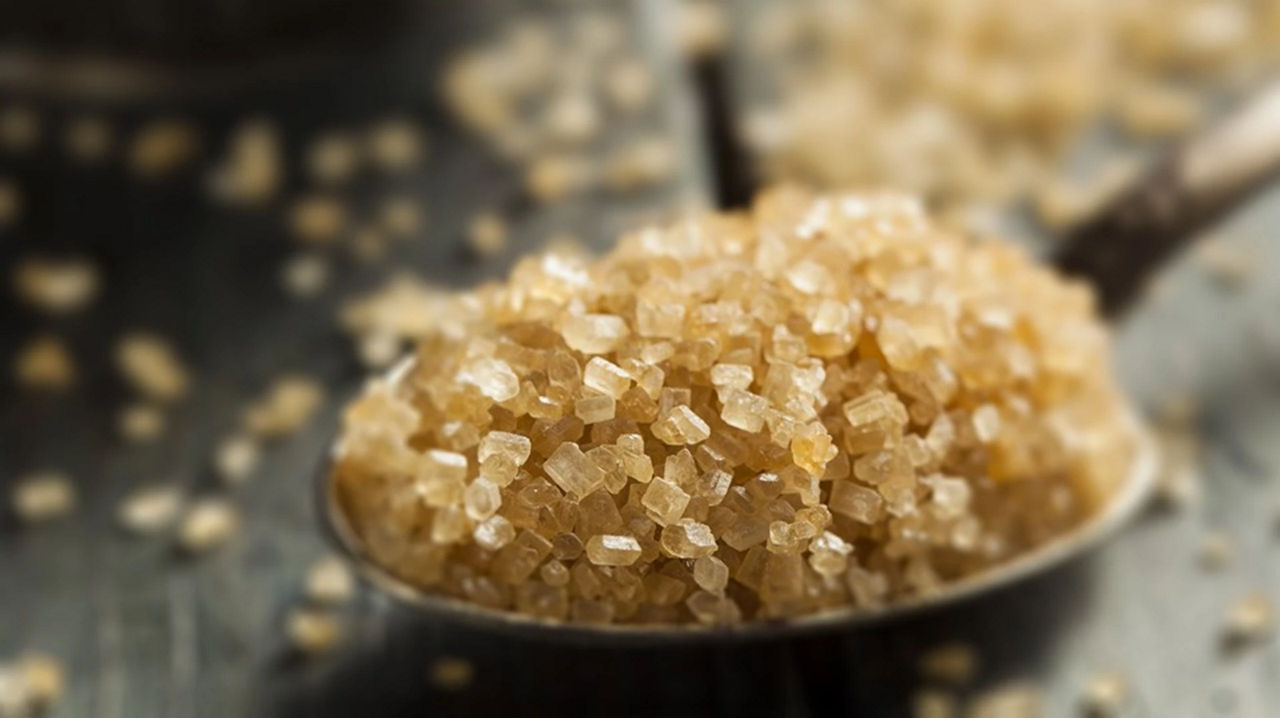20 weeks in months is five. That’s right, you’re now 5 months pregnant and well into your second trimester.
20 weeks pregnant: pregnancy symptoms and your baby’s development
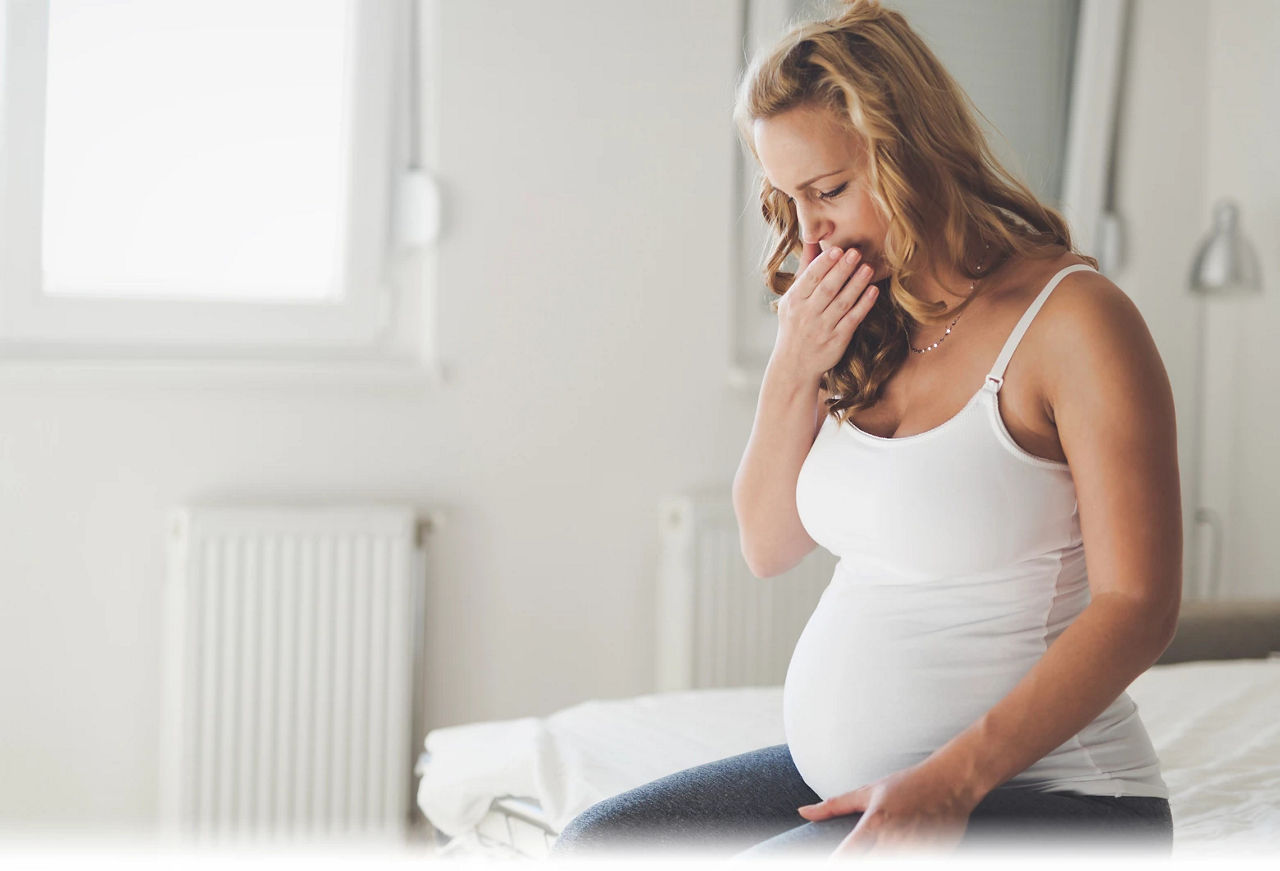
Explore pregnancy stages week by week
20 weeks pregnant is how many months?
Month 5 (Trimester 2)
It might be hard to believe, but at 20 weeks pregnant, you’re now halfway through your pregnancy. With your baby focused on growing bigger and gaining weight, you might be getting ready to see them again on screen at your 20-week scan, which is also known as the anomaly scan.
Here, you can explore the exciting developments happening for your baby this week, along with some common pregnancy symptoms, including leg cramps, heartburn, and constipation. We’ll also look at the changes happening to your body at 20 weeks pregnant and why calcium is vital to a healthy pregnancy diet.
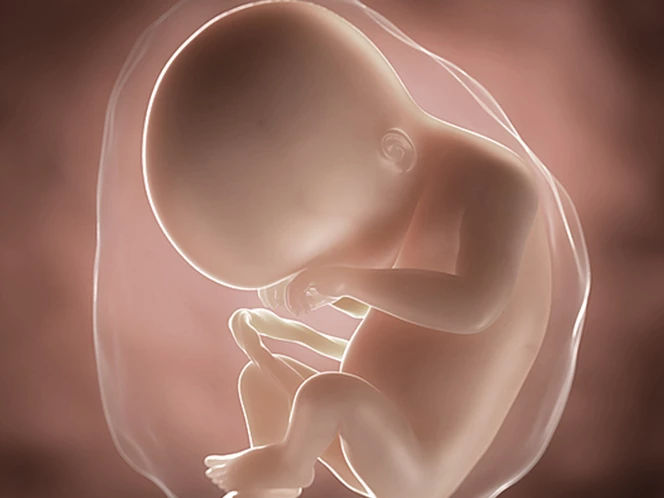
Your baby’s development at 20 weeks pregnant
During the second trimester, there’s a lot going on in terms of foetal development as your baby continues to gain weight in preparation for birth.
At 20 weeks pregnant, your baby is becoming more active, and you may already be feeling them rolling and tumbling as they punch, kick and turn in your uterus. As your pregnancy progresses, your baby will settle into a sleep-wake cycle, usually around 22 weeks1.
If you’re due for your next ultrasound scan, you may notice that your baby has started thumb sucking. This will help the sucking reflex they’ll need for feeding develop2.
If you’re having a baby girl, her uterus will be developing, and her ovaries will already have seven million primitive eggs in them - two million of which she’ll be carrying when she’s born3. If you’re having a baby boy, then this is the week when the testes start lowering from his abdomen, dropping from the scrotum at around 26 weeks4.
How big is my baby at 20 weeks pregnant, and what do they look like?
At 20 weeks pregnant, your baby (still referred to as a foetus) is approximately 25.6 cm long, and is around the size of a banana2. Your baby’s size is now measured from their head to the heels of their tiny feet. This is instead of head to bottom, a measurement used earlier on in pregnancy when your baby’s legs were curled up and difficult to see2.
Your baby’s skin will now be covered with vernix (also known as vernix caseosa), a fatty, white and greasy substance that protects your baby’s skin from drying out in the amniotic fluid. It will also make it easier for your baby to ease down the birth canal when you go into labour2.
Pregnancy at 20 weeks (second trimester): what’s happening in my body?
The placenta is working hard at 20 weeks pregnant, passing nutrients and oxygen to your baby and removing waste products5.
Whilst more common in later pregnancy, you may start to experience Braxton Hicks contractions, sometimes called practice contractions. Unlike the real thing, Braxton Hicks are irregular and don’t last for long. They may feel uncomfortable or a little like a ‘tightening’, but they’re generally not painful6.
If you start to experience pain that becomes more severe or is accompanied by bleeding, always seek advice from your doctor or midwife at the maternity unit, as this could be a sign that you’re in early labour.
At 20 weeks pregnant, your baby bump is becoming more noticeable. Many women see a dark line develop down the middle of their tummy at this point, something known as the ‘linea negra’. This is completely normal and is down to the skin pigmentation changing as your baby bump gets bigger2.
Around about now, you might also notice that hair feels thicker and shinier2.
20 weeks pregnant: signs and symptoms
Now that you’re at the halfway mark, let’s explore some common pregnancy symptoms.
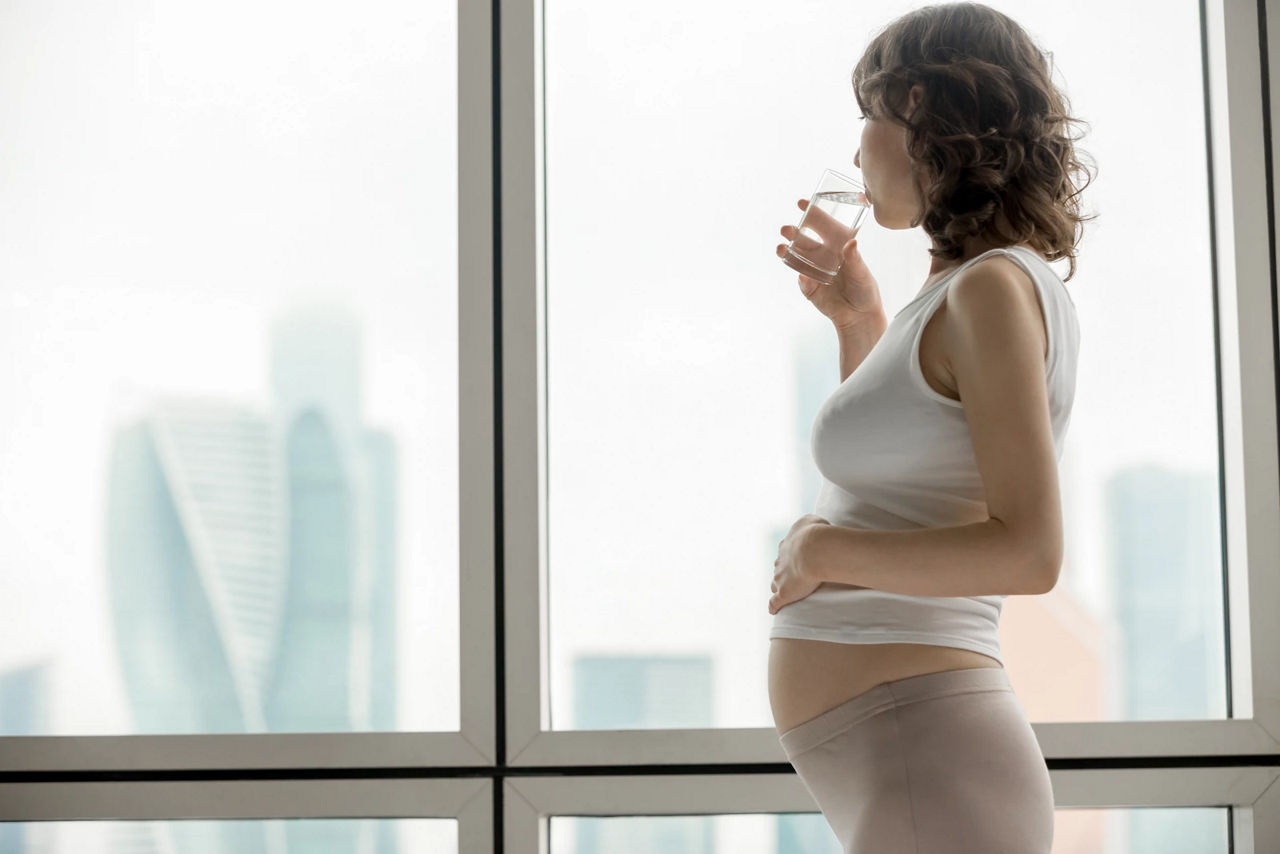
Bleeding gums are a common symptom of pregnancy and might be causing you discomfort at 20 weeks pregnant. Pregnancy hormones within your body can leave your gums more vulnerable to plaque, causing them to bleed7.
You’re entitled to free dental care during your pregnancy and for one year after your baby is born, so now is an ideal time to head for a check-up7. By now, your midwife should have provided you with your Maternity Exemption Certificate (this is usually given at your booking appointment). Remember to take this with you when you head to the dentist8.
You may notice stretch marks developing on your skin as your baby grows and the skin on your tummy stretches. Stretch marks can be red, brown or pink, and may become paler once your baby is born9. If you develop stretch marks, rest assured that this is a normal part of pregnancy, with 8 out of 10 women experiencing them10.
Stretch marks aren’t harmful to you or your baby, but they may feel itchy. Some creams claim to make stretch marks less visible, but there’s no definitive evidence that they work. However, there’s no harm in regularly moisturising your baby bump, as this may help to keep your skin soft and supple.
At 20 weeks pregnant, your baby is putting more pressure on your bladder, which may mean you need to go for a wee more often, especially at night. During pregnancy, it’s important to stay hydrated. Try drinking plenty of water throughout the day, but limiting your evening intake11.
As the pregnancy hormone progesterone relaxes the muscles in your uterus, it can relax the muscles in your digestive system too. This can leave you feeling bloated and full of excess gas12.
Bloating and excess gas aren’t the only pregnancy symptoms that progesterone is responsible for. It also contributes to heartburn and indigestion, which often get worse as your baby gets bigger and presses against your stomach13.
Pain and discomfort in your abdomen are common at 20 weeks pregnant. Also known as round ligament pain, it’s caused by your uterus getting bigger as your baby grows14.
If the pain becomes more severe or if you experience any bleeding or unusual discharge, always seek medical advice from your doctor or midwife.
Leg cramps are another common pregnancy symptom. They feel like a sharp and sudden pain in your calf muscles or feet, and tend to happen more often at night. To manage any discomfort and reduce the likelihood of them happening, you could try11:
- Vigorously bending and stretching your feet regularly.
- When a leg cramp happens, rub the muscles where the pain is located.
- Pulling your toes up towards your ankles.
- Rotate your feet in each direction up to 8 times in each direction.
The hormonal changes in your body can cause constipation during pregnancy. This can be uncomfortable, but you can try a few things to help ease the symptoms. These include11:
- Including a variety of fibre-rich foods in your diet. For example, wholemeal cereals and breads, lentils and beans, and lots of fruits and vegetables.
- Staying hydrated and drinking plenty of water.
- If you feel up to it, doing some light exercise to keep your system moving.
Read more about the importance of fibre for a healthy pregnancy diet.
Focus on: calcium
Reviewed by Bahee van de Bor
Calcium is important for the normal development of your baby’s bones and teeth, and is an essential nutrient during pregnancy and childhood15.
As well as helping your baby’s normal growth and development, getting enough calcium during pregnancy is also essential for your bone health. This is because a diet rich in calcium will prevent your body from withdrawing from your own stores, which could affect your bone health16.
Good sources of calcium include17:
- Dairy foods or fortified dairy alternatives.
- Calcium-set tofu.
- Green, leafy vegetables such as kale, broccoli and okra.
- Fortified breads and cereals.
- Fish that are eaten with bones, such as sardines and pilchards.
If you’re a vegan, follow a plant-based diet, or are unable to eat dairy foods for any other reason, you may need to take a calcium supplement during pregnancy. Pregnant women need 700mg of calcium per day, which increases to 1250mg during breastfeeding.
Tips and next steps at 20 weeks pregnant
Exercising at 20 weeks pregnant
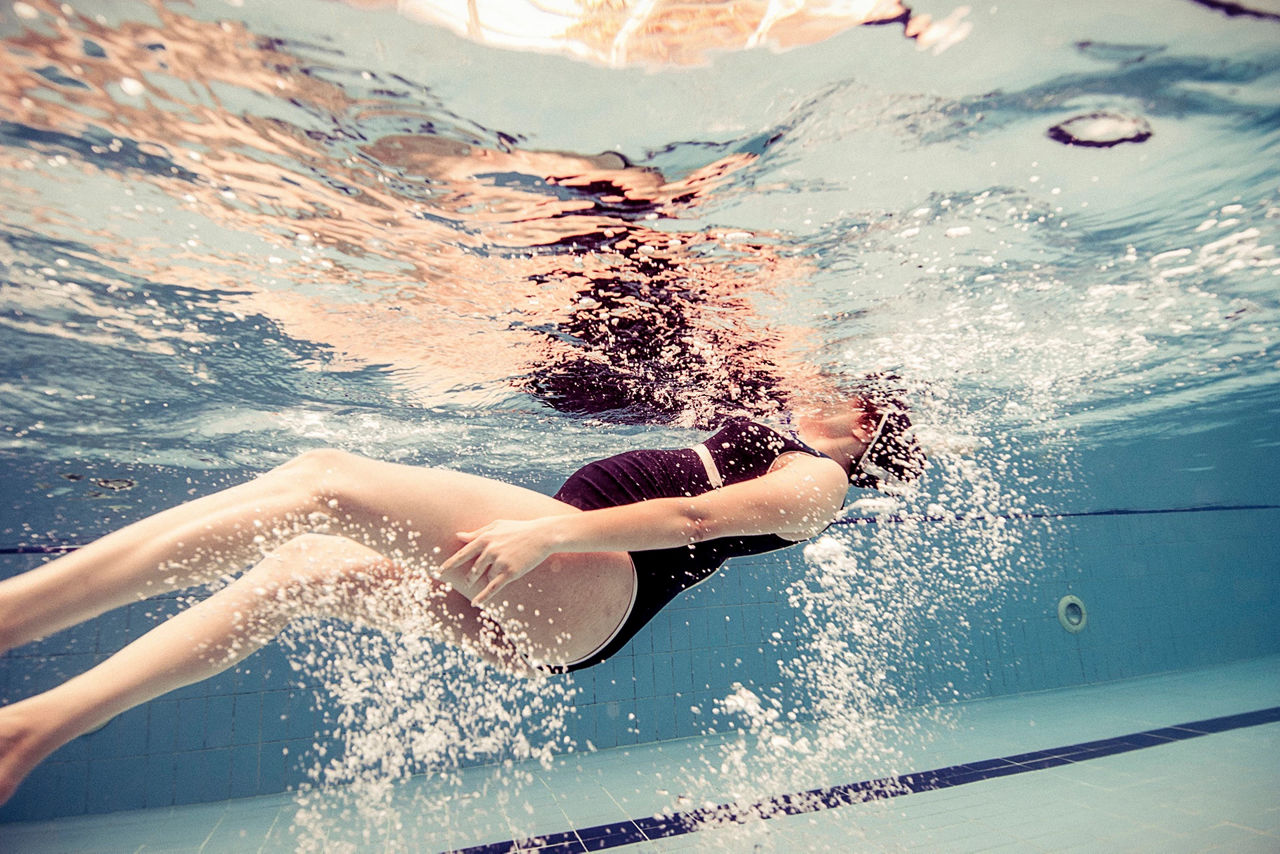
Exercising during pregnancy has a number of benefits for you and your baby. As long as your doctor or midwife has not advised otherwise, there’s no reason why you can't fit regular exercise into your daily routine18.
Whether you’re already doing regular exercise or you’re a complete beginner, it’s always a good idea to run your intended exercise plan by your healthcare provider. That way, you’ll know you’re exercising safely and at the right level.
As a general rule of thumb, you should be able to have a conversation during exercise easily. If you struggle for breath, it’s a sign that you’re overdoing things.
Some great exercises you can enjoy during your pregnancy include:
Walking for 30 minutes every day18. However, do what feels comfortable for you, as any level of exercise is beneficial.
Yoga. Pregnancy yoga will help ease tension, relax your muscles, and enable you to practise breathing techniques19.
Swimming is a good pregnancy exercise as it supports the weight of your growing bump19.
Your anomaly scan
If you've opted to have one, it might be time for your anomaly scan this week. This is also known as the 20-week scan, and it determines how your baby is developing physically. It’s also an opportunity for the sonographer to check that your placenta is functioning correctly (2). You can also find out the sex of your baby during the scan.
At the anomaly scan, the sonographer will look closely at your baby's abdomen and kidneys, spinal cord, bones, heart and brain, to make sure they’re developing normally. While it can’t pick up on every condition, it will check for2:
- Spina bifida.
- Cleft lip.
- Serious heart abnormalities.
- Edwards’ and Patau’s syndrome
- Anencephaly.
You’ll be supported throughout the ultrasound scan, and in most cases, everything is as it should be. However, if there’s a cause for concern, a doctor may take a closer look and advise you about any necessary next steps.
Antenatal classes
If you plan to attend an antenatal class, you should explore what’s available in your local area. Your midwife may be able to help here and let you know your options.
Other things to think about include:
- Making a birth plan.
- Thinking about how you’ll look after your physical health and mental wellbeing after the birth of your baby – this is known as a postnatal plan.
- Eating a healthy, balanced diet.
- Deciding whether or not to have a birth partner present when your baby is born.
- The things you’ll pack in your hospital bag.
Looking for a handy hospital bag checklist?
20 weeks pregnant: FAQs
Is 20 weeks month 5 or 6, and when does the second trimester start?
At 20 weeks pregnant, you’re in month 5 of your pregnancy. Your second trimester starts at week 13 and ends at week 26.
Is my baby fully developed at 20 weeks?
By week 12 of your pregnancy, your baby’s limbs, muscles, bones and organs are in place. However, your baby still has a lot of growing to do, and your pregnancy isn’t considered viable until week 2420.
What should you not do at 20 weeks pregnant?
You should avoid several things throughout your pregnancy to ensure you and your baby are healthy. There are certain foods to avoid in pregnancy, for example, as well as caffeine, alcohol, and smoking.
If you’re struggling with some of the things you’re advised to avoid in pregnancy, now is the time to have a chat with your midwife about strategies that can help.
Certain leisure activities are best avoided until after your baby is born, too. For example19:
- Sports where your baby bump could get hit. For example, tennis and squash.
- Activities where you could be thrown, for example, horse riding or skiing.
- Hot tubs, jacuzzis and saunas.
- Diving and scuba diving.
- NHS 111 Wales. Pregnancy guide [online 2023]. Available at https://111.wales.nhs.uk/doityourself/pregnancy/21to24weeks/. [Accessed May 2025]
- NHS Best Start in Life. Week 20 [online]. Available at https://www.nhs.uk/start-for-life/pregnancy/week-by-week-guide-to-pregnancy/2nd-trimester/week-20/. [Accessed May 2025]
- Telfer EE, Grosbois J, Odey YL, Rosario R, Anderson RA. Making a good egg: human oocyte health, aging, and in vitro development. Physiol Rev. 2023 Oct 1;103(4):2623-2677. doi: 10.1152/physrev.00032.2022. Epub 2023 May 12. PMID: 37171807; PMCID: PMC10625843.
- Nemec, S.F., Nemec, U., Weber, M., Kasprian, G., Brugger, P.C., Krestan, C.R., Rotmensch, S., Rimoin, D.L., Graham, J.M., JR and Prayer, D. (2011), Male sexual development in utero: testicular descent on prenatal magnetic resonance imaging. Ultrasound Obstet Gynecol, 38: 688-694. Available at https://doi.org/10.1002/uog.8964
- NHS University Hospitals Sussex. Low-lying placenta at 20 week scan [online 2022]. Available at https://www.uhsussex.nhs.uk/resources/low-lying-placenta-at-20-week-scan-2/#:~:text=Having%20a%20low%2Dlying%20placenta%20at%2020%20weeks%20means%20you,grows%20as%20your%20pregnancy%20progresses. [Accessed May 2025]
- NHS North Lincolnshire and Goole NHS Foundation Trust. Coping with the early stages of labour [online 2023]. Available at https://www.nlg.nhs.uk/resources/coping-with-the-early-stages-of-labour/. [Accessed May 2025]
- NHS. Bleeding gums in pregnancy [online 2022]. Available at https://www.nhs.uk/pregnancy/related-conditions/common-symptoms/bleeding-gums/. [Accessed May 2025]
- Nhsbsa.nhs.uk. How do I apply for a maternity exemption certificate? · Customer Self-Service. [online 2018] Available at: https://faq.nhsbsa.nhs.uk/knowledgebase/article/KA-03857/en-us [Accessed 28 Aug. 2025]
- NHS. Stretch marks in pregnancy [online 2022]. Available at https://www.nhs.uk/pregnancy/related-conditions/common-symptoms/stretch-marks/#:~:text=Pregnancy%20stretch%20marks,-Stretch%20marks%20on&text=Stretch%20marks%20are%20narrow%2C%20streak,out%20of%2010%20pregnant%20women. [Accessed May 2025]
- HSE. What to expect in the third trimester [online 2022]. Available at https://www2.hse.ie/pregnancy-birth/baby-development-pregnancy-stages/stages/third-trimester/#:~:text=Stretch%20marks,or%20oils%20prevent%20stretch%20marks. [Accessed May 2025]
- NHS. Common health problems in pregnancy [online 2024]. Available at https://www.nhs.uk/pregnancy/related-conditions/common-symptoms/common-health-problems/. [Accessed May 2025]
- NHS Best Start in Life. Week-by-week guide to pregnancy: week 10 [online]. Available at https://www.nhs.uk/start-for-life/pregnancy/week-by-week-guide-to-pregnancy/1st-trimester/week-10/#bloating. [Accessed May 2025]
- NHS. Indigestion and heartburn in pregnancy [online 2023]. Available at https://www.nhs.uk/pregnancy/related-conditions/common-symptoms/indigestion-and-heartburn/. [Accessed May 2025]
- NHS. Stomach pain in pregnancy [online 2024]. Available at https://www.nhs.uk/pregnancy/related-conditions/common-symptoms/stomach-pain/. [Accessed May 2025]
- NHS. Vitamins, supplements and nutrition in pregnancy [online 2023]. Available at https://www.nhs.uk/pregnancy/keeping-well/vitamins-supplements-and-nutrition/#:~:text=Try%20to%20eat%20green%20leafy,take%20a%20folic%20acid%20supplement. [Accessed May 2025]
- British Nutrition Foundation. Dietary calcium and health [Online 2005]. Available at: https://www.nutrition.org.uk/media/30nfnmdi/dietary-calcium-and-health.pdf [Accessed May 2025]
- The Association of UK Dietitians. Calcium [Online 2021]. Available online at https://www.bda.uk.com/resource/calcium.html. [Accessed May 2025]
- NHS. Exercise in pregnancy [online 2023]. Available at https://www.nhs.uk/conditions/pregnancy-and-baby/pregnancy-exercise/. [Accessed May 2025]
- NHS Best Start in Life. Exercising in pregnancy [online]. Available at https://www.nhs.uk/start-for-life/pregnancy/exercising-in-pregnancy/. [Accessed May 2025]
- NHS Best Start in Life. Week 24 [online]. Available at https://www.nhs.uk/start-for-life/pregnancy/week-by-week-guide-to-pregnancy/2nd-trimester/week-24/#:~:text=Week%2027-,Week%2024,and%20given%20the%20right%20support. [Accessed May 2025]
related articles
Read More

Need some help?
You can get quick answers to common questions in our FAQs.
Alternatively, if you need help with general pregnancy or baby advice, or maybe on using or ordering our products - our expert team are always on hand to talk about feeding your baby.


